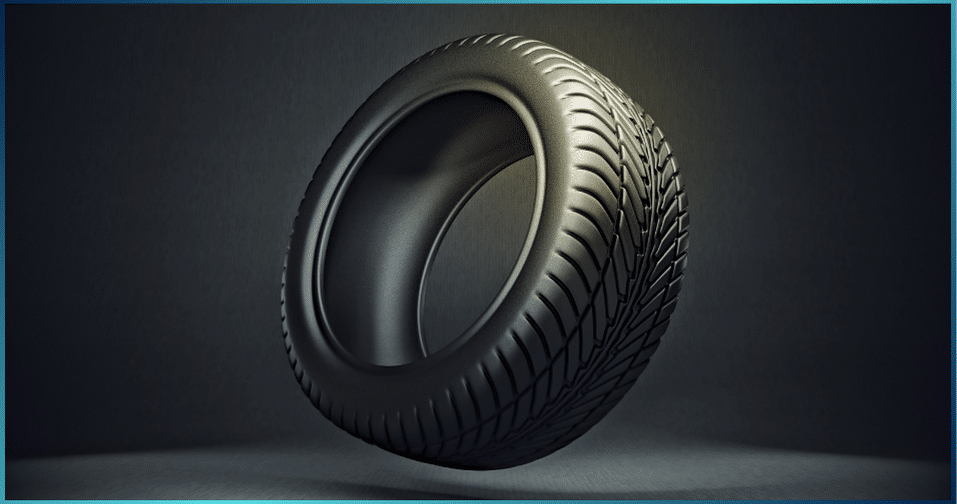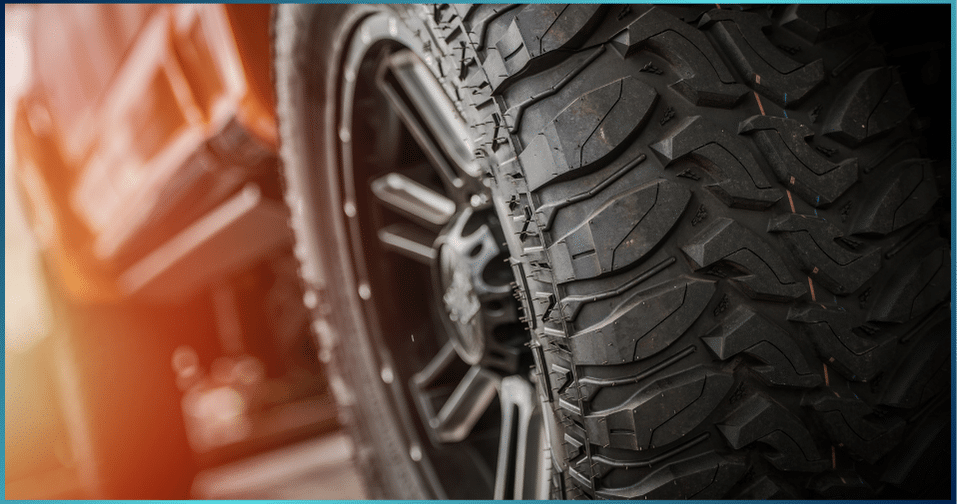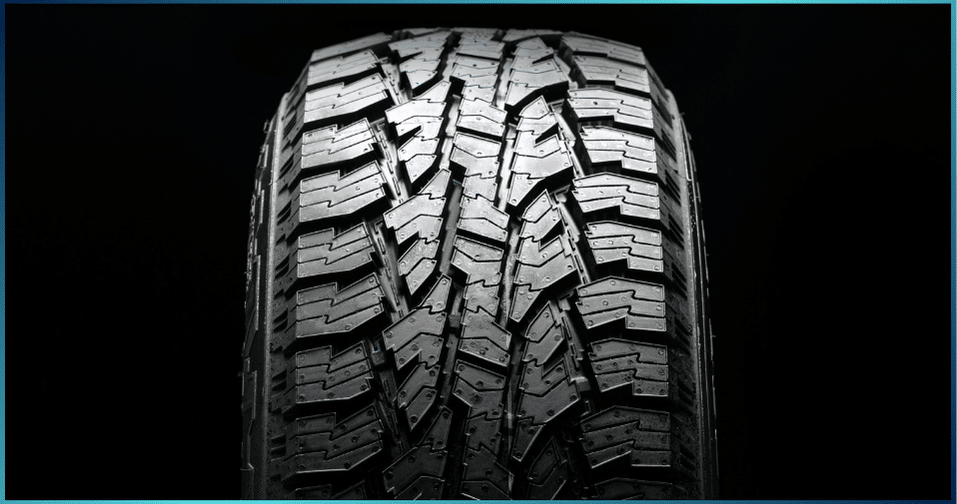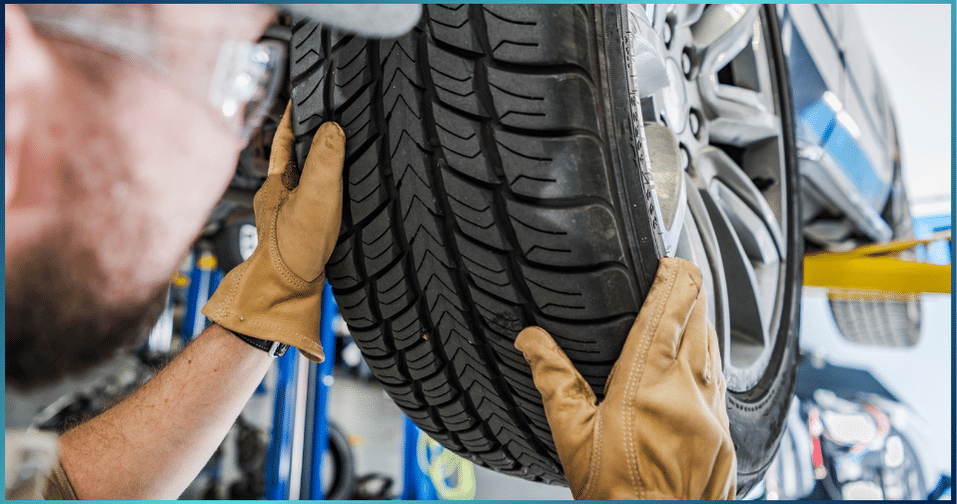If you’ve ever wondered what does ZR mean on a tire, you’re about to discover one of the most crucial aspects of high-performance tire specifications. When exploring various types of tires, from all-season to summer performance tires, understanding the speed rating system becomes essential for both safety and optimal vehicle performance. The ZR designation represents a specific speed rating that sets these tires apart from conventional options, making them particularly suitable for high-performance vehicles and specific driving conditions.
In the world of automotive excellence, tire specifications play a vital role in determining vehicle capabilities and safety parameters. Whether you’re a car enthusiast or simply interested in understanding your vehicle’s components better, knowing the significance of tire markings like ZR can help you make informed decisions about your tire choices. This comprehensive guide will walk you through everything you need to know about ZR tires, from their speed ratings to practical applications in different vehicles.
Key Takeaways
- A tire with a “ZR” marking is specifically designed for speeds above 149 mph.
- ZR-rated tires make sense on high-performance vehicles, as they offer better handling and stability at high speeds.
- These tires are made with advanced materials and technology to endure the demands of high-speed driving.
- ZR tires differ from R-rated tires for more standard driving conditions and lower maximum speeds.
- It is important to understand speed ratings when choosing the right tire for your vehicle’s safe and optimal performance.
- Understanding tire markings and standards can help you make informed decisions when buying new tires.
What Does ZR Mean?
Speed Rating Category
ZR on a tire tells you about speed. This means that the tire can be used at speeds above 150 mph. This tells drivers how fast they can go safely.
When you see ZR, know that it was meant for high-speed driving. These tires fit sports cars and other fast vehicles. They inspire confidence when you push your car to the limits.
Historical Context
ZR ratings didn’t even exist until cars got faster.

As technology got better, cars needed better tires.
For the past few decades, standard tires have struggled to keep up with this new speed.
The need for safety is what led to the creation of ZR.
This change allowed drivers to enjoy their speedy rides without worry.
To meet the demand, manufacturers responded with these specialized tires.
Categories Under ZR
ZR includes three categories: Y, W, and original Z-rated tires.
Each one has its own speed limit:

- Y-rated tires: Handle speeds up to 186 mph.
- W-rated tires are suitable for speeds up to 168 mph.
- Original Z-rated tires are designed for speeds over 149 mph.
These categories help ensure you have the correct tire for your car’s capabilities.
Choose wisely based on your driving habits and vehicle needs.
Significance of ZR Rating
1. Importance in Tire Specifications
ZR rating is a big deal for tire specs in high-performance cars. It’s an indication of how nice a tire is to drive fast.
With ZR you know what you’re getting with the quality of the tire. It’s not all numbers, you see. It’s about how the tire is made to perform.
With confidence, you get to pick the right tires. Knowing what ZR stands for allows you to make informed decisions.
2. Impact on Vehicle Performance
ZR tires make your car faster and smoother.
They allow you to accelerate faster and reach top speed safely.
These tires will keep your car steady when taking corners. The grip feels strong, so you feel as if you’re in control.
ZR ratings enhance your car’s dynamics at higher speeds.
They’re not just for show; they actually remap how your vehicle drives.
3. Influence on Driving Experience
Are you driving with ZR tires? It’s like having a more connected steering wheel. You turn, and the car listens better.
They still feel comfortable at high speeds. Less noise, less bumpiness.
There’s peace of mind as well. Less chance of blowouts means you can trust your ride more.
You drive with ease and confidence.
Benefits of ZR Tires
1. Enhanced Speed Capabilities
ZR tires shine when it comes to speed.
Designed for speeds above 150 mph, these tires push hot lap thresholds for speed demons. Perfect for sports cars and racing, they increase performance ratings in seconds.
Just imagine zooming ahead of the competition with ease!
ZR ratings matter here; they ensure vehicles can reach these impressive speeds without losing control.
For adrenaline seekers, ZR tires provide an exhilarating ride while offering dependable performance.
2. Improved Handling Characteristics
Grip and stability are what ZR tires are all about.
These advanced tread patterns support cornering and braking for feel so you can control it at any speed.
Whether cornering at tight angles or zipping along straight highways, these tires react immediately to driver commands.
Their radial construction provides excellent traction, making them a favorite in racing circles.
In warm weather, they do particularly well, gripping hot asphalt.
3. Increased Safety Features
Safety takes center stage with ZR tires.
They are built to reduce the chance of a blowout at high speed and keep drivers safe on intense drives.
Integrated features keep control in those sudden maneuvers that can mean the difference in emergency situations.
Even while pushing the limits, drivers can rely on these tires to dig in and stay put.
This balance of speed and durability will ensure that every journey is worry-free.
ZR vs R Tires Comparison
1. Key Differences Between ZR and R
ZR tires beat R tires in speed. They exceed 300 km/h, which is made for racing. They have stiff sidewalls and a large contact patch. This provides them with better grip and handling at high speeds.
R tires provide slower speed but greater lifespan. Everyday drivers get to see these differences in action.
ZR tires fit people who like to go fast and perform. R tires are for those who want ultra longevity and comfort.
2. Performance Comparison
ZR tires shine in high-speed scenarios. Their design allows for a quick response and superior control at fast speeds.
You give up comfort and durability. Their stiff build may make the ride feel rough.
R tires offer a smoother ride with more durability. They’re forgiving for everyday driving but fall flat in pure speed.
Drivers will need to choose between speed or comfort when deciding between the two.
3. Suitability for Different Conditions
ZR tires perform well on bumpy roads and tight turns. They’re great for areas with warm weather but not winter-friendly. Many high-performance vehicles use these ZR tires due to their handling and speed.
R tires perform better in varied weather. They’re solid for daily commutes where ultra speed isn’t required. If you want tires that’ll last a long time and can be used for multiple purposes, R tires are likely a better option.
Understanding Speed Ratings

1. Explanation of Speed Ratings
Speed ratings tell how fast you can drive with those tires. Each tire will have a letter or two that indicates this limit.
For example, “ZR” indicates tires are rated at speeds above 186 mph.
The system originated in Europe to ensure tire safety at certain speeds. Common ratings indicate that V is for speeds up to 149 mph. W covers speeds up to 168 mph. Y will grasp up to 186 mph, and Z covers anything above and beyond that.
So if you see these letters, they help you establish what your tires can do safely.
2. Importance of Matching Speed Ratings
Matching tire speed ratings to your vehicle is essential. If you use the wrong rating, you run the risk of lower performance and safety problems.
Imagine that you are driving on a highway and your tires don’t match — it could be a recipe for disaster.
Well-matched tires enhance safety and handling. Yet, most drivers overlook this detail; approximately 70% do not recognize its significance.
For more details, always consult your car’s manual or an expert to ensure you have the right tires for your vehicle.
3. How Speed Ratings Affect Tire Selection
Checking speed ratings is critical when choosing the right tires. They help you choose the right one for your driving style and car type.
For instance, high-performance cars require higher-rated tires such as ZR for better control at high speeds.
Speed ratings have an effect on insurance and warranties. Other policies rely on having the right tires, so using the wrong ones can void coverage.
Always consult your vehicle manual or a trusted mechanic before buying new tires. That way you get the right match and avoid unnecessary risk.
Tire Markings and Standards
1. Decoding Tire Markings
First, locate the markings on your tire’s sidewall. These markings tell you a lot.
You see numbers and letters such as P215/65R15 95H. Each part means something important.
- P: Stands for passenger vehicle.
- 215: Width of the tire in millimeters.
- 65: Aspect ratio, height compared to width.
- R: Radial construction.
- 15: Diameter of the wheel in inches.
- 95: Load index, how much weight it can carry.
- H: Speed rating, max speed it can handle safely.
Speed ratings are important. They tell you how fast your tire can go without problems.
Miscommunication occurs when people overlook these specifics.
Knowing them keeps you safe on the road.
2. Standardization in Tire Manufacturing
Standards matter for tires. They make sure that every tire fulfills safety requirements.
When companies follow these rules, they make better tires. This enhances performance and trust.
Industry standards cover many things:
- Materials used: Ensures durability and safety.
- Design specifications: Guarantees compatibility with vehicles.
- Testing procedures: Confirms reliability under different conditions.
Compliance with regulations is not just a matter of courtesy. It’s important for consumer safety and satisfaction.
Trust grows when consumers know their tires meet strict guidelines.
3. Locating Speed Ratings on Tires
You just have to know where to find speed ratings.
Check the sidewall again; it’s usually near the load index number.
Before you purchase new tires, check this rating.
Because it impacts your car’s performance and safety.
Driving faster than the rating allows leads to tire failure.
Tire shops help, too. They direct you to the proper tire based on your speed requirement.
Conclusion

ZR on a tire? It means speed. It’s as simple as that.
ZR tires are capable of handling these high speeds with relative ease, allowing you to feel confident on the road.
These tires perform better, providing increased grip and stability.
If you love the thrill of driving fast, ZR tires might be your match.
Remember, it’s not just about speed. Safety matters, too.
Always check to see if your car requires ZR tires.
Examine your driving style and conditions. Make sure you pick ones that work for you.
Want to learn about more options for tires? Dig into our other guides or consult a tire expert.
Your ride deserves the best, and so do you!
Frequently Asked Questions
What does ZR mean on a tire?
ZR indicates a tire’s speed rating. It indicates the tire is meant for high-speed service, generally above 149 mph. This is important for sports cars and high-performance vehicles.
Why is the ZR rating significant?
The ZR rating indicates that the tire is constructed to safely handle high speeds. It’s especially important for drivers that regularly drive at top speeds as it helps maintain both safety and performance.
What are the benefits of ZR rated tires?
ZR rated tires focus on handling and stability at high rates of speed. They enhance the performance of the vehicle, delivering a smoother and safer driving experience for high-performance vehicles.
How do ZR tires compare to R tires?
ZR tires are designed for higher speed capabilities than standard R tires. They have significantly better performance and safety under high-speed circumstances, which is why they’re used on sports cars.
What is the importance of understanding speed ratings?
When you understand speed ratings, you’ll be sure to pick out the best tire for your driving habits. It affects safety, performance, and fuel efficiency across the speed range.
How can I identify tire markings and standards?
Letters and numbers on your tire sidewall specify size, load capacity, speed rating, and construction type. Know these to choose the right tires.

